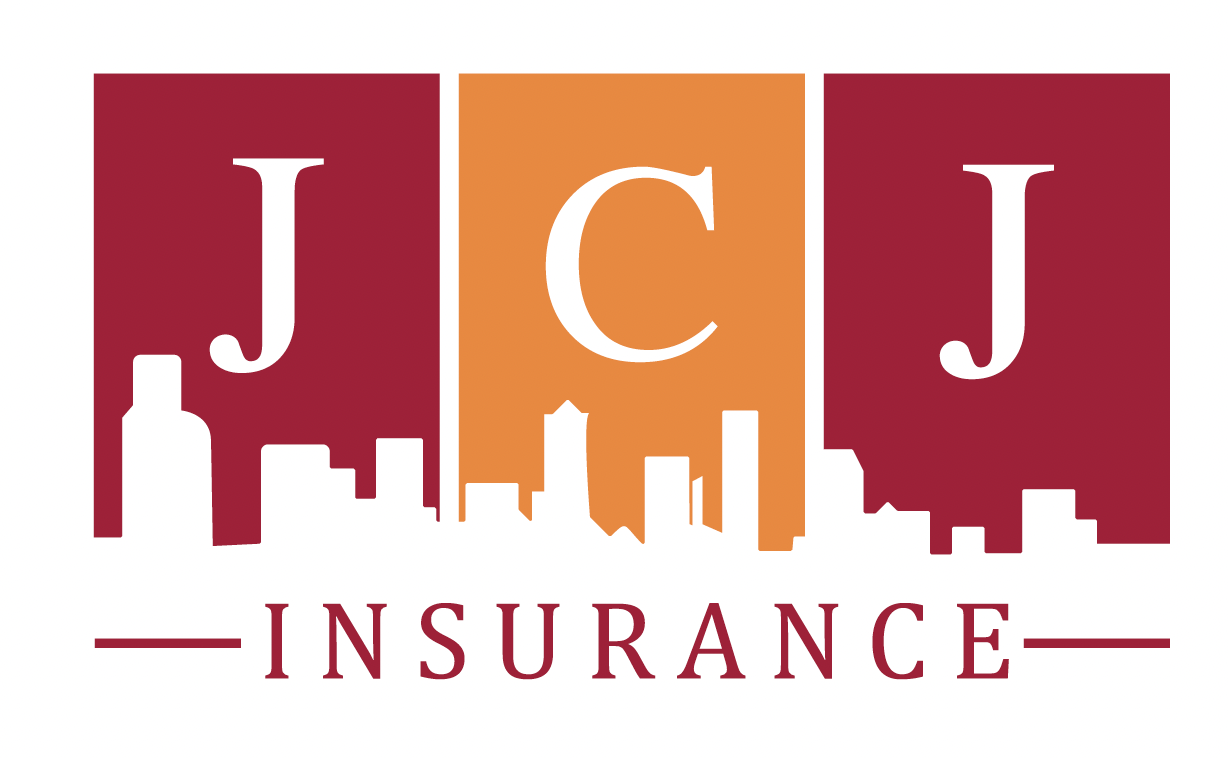By Mark E. Jackson, JCJ Insurance Agency
Most contracts between a design professional and their client or subconsultant contain an Indemnity clause. An Indemnity clause may include any, or all three, of the following obligations: (I) indemnify; (II) hold harmless; and (III) duty to defend. “Indemnify” means to reimburse your client following a claim. “Hold Harmless” may have several meanings; however, it is most often understood to protect the client against harm from suits by a third party or yourself. “Duty to Defend” means to pay the client’s legal expenses as the client defends itself against a third party claim. We recommend that a duty to defend clause be removed from a contract.
If you agree to “defend” your client, you may incur your client’s legal expenses as the client defends itself against a third party claim. Attorney’s fees and costs accrue from the first day a claim is made against them. In essence, the client can hire an attorney of their choice and send you the monthly invoice.
Your obligation to pay these defense costs is based on your contractual commitment, not common law. Most likely, your professional liability policy’s contractual liability exclusion will not provide coverage for your client’s defense costs, leaving your firm to pay for the client’s legal fees.
Professional liability insurance covers claims caused by the design professional’s negligence. Your negligence must be determined before the policy will cover costs to defend other parties.
A court case in California illustrates the importance of not agreeing to defend your client. In UDC-Universal Development, L.P. v. CH2M Hill, a condominium homeowners’ association brought suit against UDC, the developer. UDC then cross-complained against its design professional, CH2M Hill, based on an indemnity provision in their contract. The UDC jury returned with a finding of no negligence and no breach of contract by CH2M Hill. Therefore, CH2M Hill had no duty to indemnify UDC. However, the court ruled that CH2M Hill still had a duty to defend UDC and pay UDC’s defense costs in the suit brought by the condo association. The language of the indemnity provision in CH2M Hill’s contract explicitly called for CH2M Hill to defend UDC from “any claim or demand”. Therefore, CH2M Hill was ordered to pay UDC’s defense costs even though CH2M Hill was not negligent nor in breach of its contract. Because the duty to defend was a contractual obligation and not tied to negligence, this was not covered under their Professional Liability insurance policy.
Under the CH2M Hill analysis, even if you are not found negligent nor in breach of your contract, your duty to defend may force you to pay all of your client’s attorney fees and costs, without any payment from your insurance policy.
Once the extent of your negligence is determined, your insurance carrier can reimburse your client for those defense costs incurred as a result of your negligence. Typically the policies will reimburse the client’s costs for defending against a claim to the extent the client’s damages arise as a result of your negligence. The extent of your liability remains unknown until the claim is resolved. At that time, defense costs and proportionate liability will be determined.
Again, we recommend that the duty to defend should be removed from a contract, even if the contract states that the duty to defend is limited to damages resulting from the negligent performance of your professional services. The courts may interpret the duty to defend to be such a broad and separate duty from the duty to indemnify. Your firm could be expected to defend a claim and pay attorney’s fees on behalf of the client as soon as a claim is tendered by the client and before a determination of negligence has been rendered.
Sample language should be written as follows: “To the extent allowed by Florida law, the Design Professional will indemnify and hold harmless the Owner, its employees and officers from damages, claims and losses to persons and property (except the project itself) to the extent caused by the negligence of the Design Professional or its Consultants during the performance of their duties under this agreement.”
An alternative is a split duty to defend. You can agree to defend your client with the exception of professional liability claims. This duty to defend would apply to your General and Auto Liability policies. Sample language would be as follows: “Except for Claims arising out of Design Professional’s professional negligence, the Design Professional will indemnify, hold harmless, and defend the Owner from damages to the extent caused by the negligence of the Design Professional or its Consultants during the performance of their duties under this agreement. Solely for Claims arising out of Design Professional’s professional negligence, the Design Professional will indemnify and hold harmless the Owner from damages to the extent caused by the negligence of the Design Professional or its Consultants during the performance of their duties under this agreement.”
It is imperative to know the risks involved in the agreements you sign. If you have any questions or doubts about what your client is asking you to sign, contact your attorney or your A&E insurance specialist.
Mark Jackson is a founding partner of JCJ Insurance Agency. Mark specializes in professional liability and other commercial insurance for architects and engineers. Mark provides an array of services, including contract review and continuing education seminars. He serves as President for a/e ProNet, a network of insurance brokers and attorneys who specialize in serving design professionals. Mark graduated from UCF and has earned the Associate in Risk Management (ARM) designation from the Insurance Institute of America.
